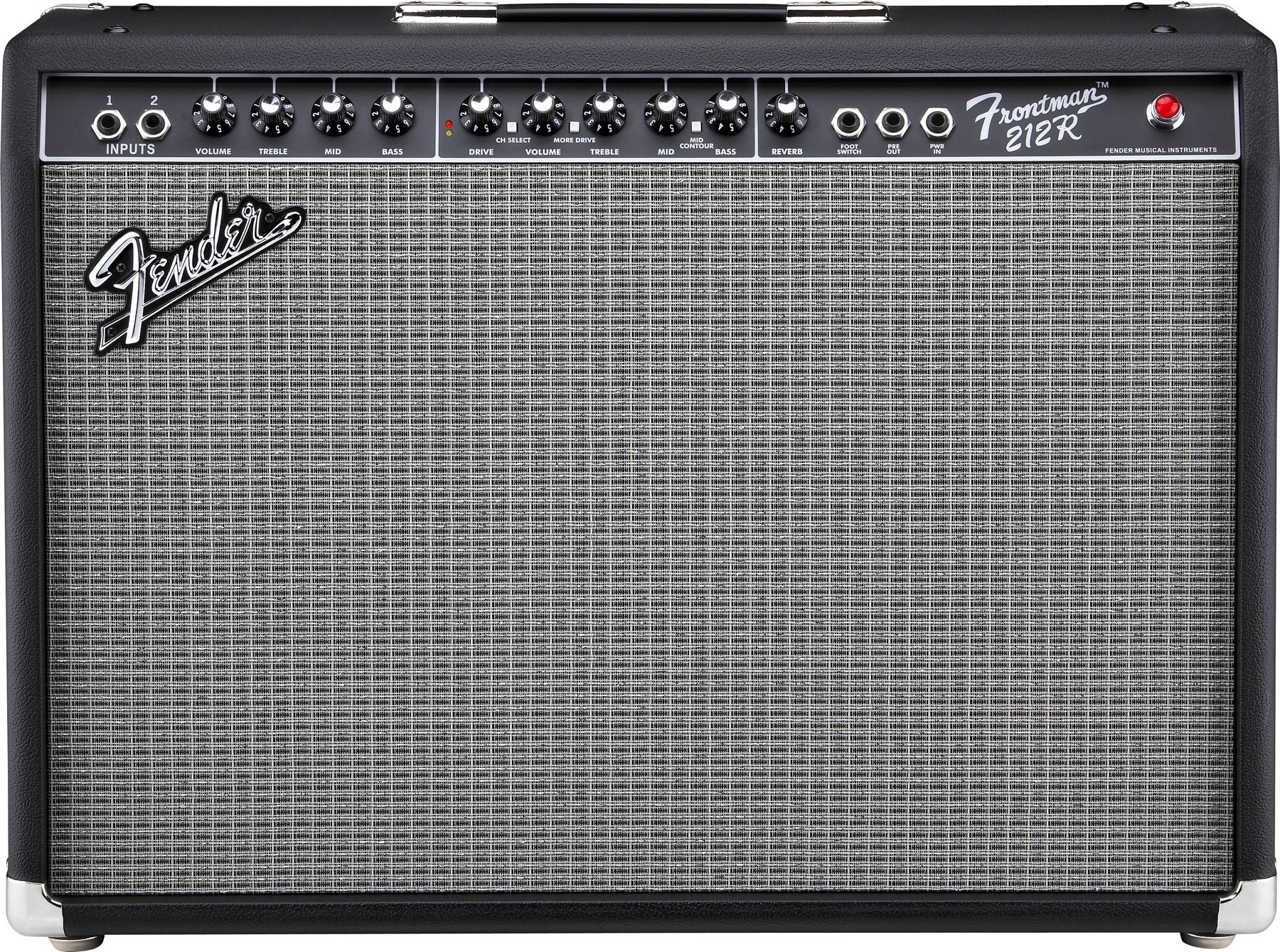
But even at that I was largely schooled by the old-timers who took me under their wing and helped me along until I was able to go out on my own and (with hope) not kill myself or anyone else. So I'm comfortable with meters and tracking control wiring down to determine why something is or isn't happening when it should. In my previous life I worked on all sorts of HVAC&R systems from the reach-in cooler at the corner bar to enormous combination rooftop units to a coal burning residential furnace out in the desolate open-range area of Eastern Colorado. Sounds like one is the hard way, and the other is the harder way. I always stand humbled by the brain power on this board and generosity with which it's spread around. Thanks very much in advance to anyone who takes the time to reply on these questions. Anyone know what's up there? Should I just put in a 1k and hope for the best? And finally C10 says it's a 100n. R3 says "1k2" at least I think that's a 2. This thing is probably never going to be all back in original condition so I wonder if I should do the power supply filtering like the old Champs or try and follow the schematics version? also there's a resistor on the schematic that is annotated a little strangely or at least outside of my experience.

But 1 of the tube sockets was broken and a lot of things were changed under the hood by someone who probably shouldn't have been in there.Īnyway, the schematic shows a 47uf and a 16uf cap(s) where I would expect to see something like 16uf, 8uf, 8uf, or even 8uf, 8uf, 8uf, like the older champs had. The amp was a mess however, even though it looked OK at first glance. So I recently acquired this Oahu Lap Steel and matching Amp in MOTS. The kits are great for someone who can solder, and understand the safety measures you need to take before diving into one. The usual suspects like a few 5F1s and a couple of 5E3s.

The extent of my experience is assembling a few amps from kits. It's been quite a while since I posted anything here.


 0 kommentar(er)
0 kommentar(er)
